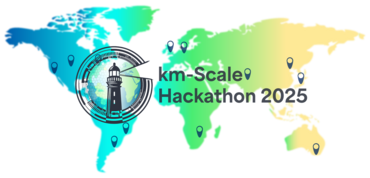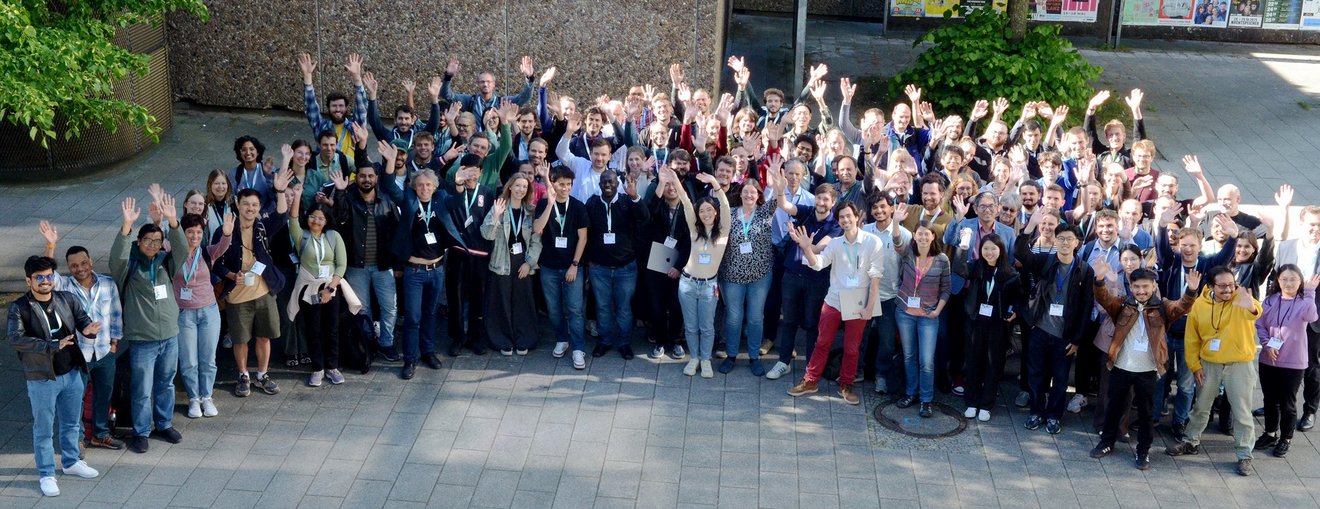More than 100 scientists join the Hamburg node of the WCRP Global Km-Scale Hackathon

Km-scale models (horizontal resolution < 10 km) represent a pivotal change in the way scientists simulate the Earth system. Km-scale models begin to explicitly capture critical phenomena such as moist convection, topographic effects, and coastal interactions. This enables far more physical and accurate simulations of high-impact weather and climate features like tropical cyclones, atmospheric rivers, and extreme precipitation, especially in regions with complex terrain.
But with this leap in fidelity comes a new generation of challenges. The transition to km-scale modeling fundamentally changes not only the science, but the entire ecosystem of climate research. From computation to data access and workflows, a full rethinking of how models are built and used is required. In model development, processes like land hydrology can be treated at fine scales, allowing for new and more physical approaches to coupling between land, atmosphere, ocean, biosphere and cryosphere. Computationally, running these models, especially at global scale, demands resources at the forefront of computing. Even regional simulations produce data at a scale that pushes current infrastructure. In terms of data management, the volume of output makes storage and sharing a major constraint, sometimes more costly than the simulations themselves. Traditional workflows neither work nor flow at this scale, with memory limitations requiring new tools and in-situ analysis methods.
Simultaneous hacking on five continents
The Km-Scale Hackathon from May 12–16, 2025, addresses these challenges head-on. Hosted across a network of research centers on five continents, the hackathon brings over 600 researchers directly to the data, enabling real-time collaboration, parallel analysis, and technology testing. More than 100 scientists have joined the event in Hamburg, hosted by the Max Planck Institute for Meteorology in collaboration with the German Climate Computing Center and the Center for Earth System Research and Sustainability at the University of Hamburg.

Using shared Jupyter-based platforms and common libraries, teams are analyzing 1-year-long global simulations and extended regional runs from the year 2020, chosen for its neutral climate patterns. In addition to the ten local nodes, special projects are carried out in affiliated nodes, sponsored by the computing company NVIDIA, the European Space Agency (ESA), and the project Destination Earth.
Source: WCRP ESMO news article
More information
Contact
Yuting Wu
Max Planck Institute for Meteorology
yuting.wu@mpimet.mpg.de
Prof. Dr. Bjorn Stevens
Max Planck Institute for Meteorology
bjorn.stevens@mpimet.mpg.de
